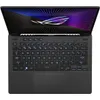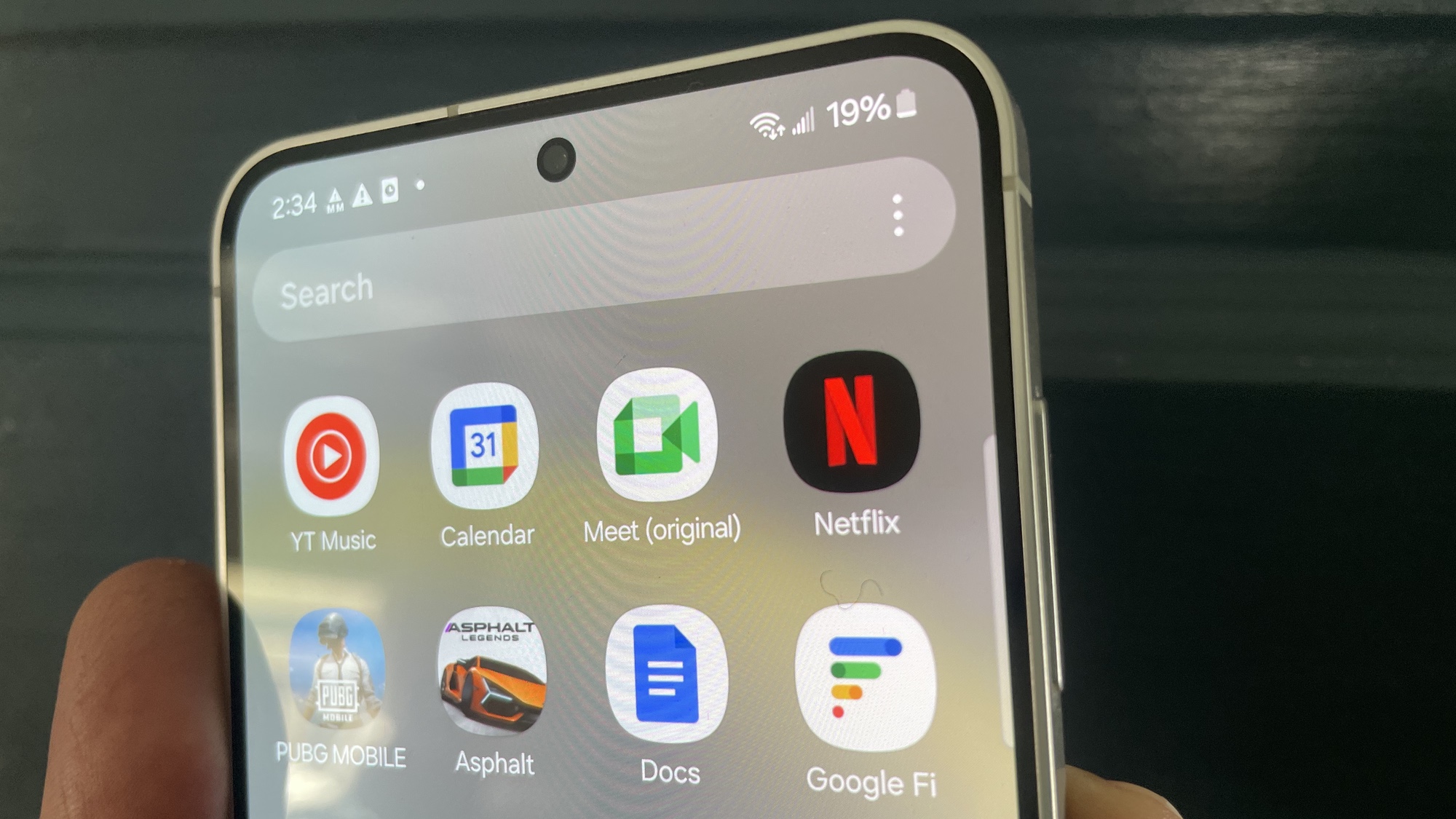I’m hyped for Snapdragon X2, but it must outmuscle Intel and AMD — 5 ways to do so
With these chips, Snapdragon X2 could outshine Apple, Intel and AMD
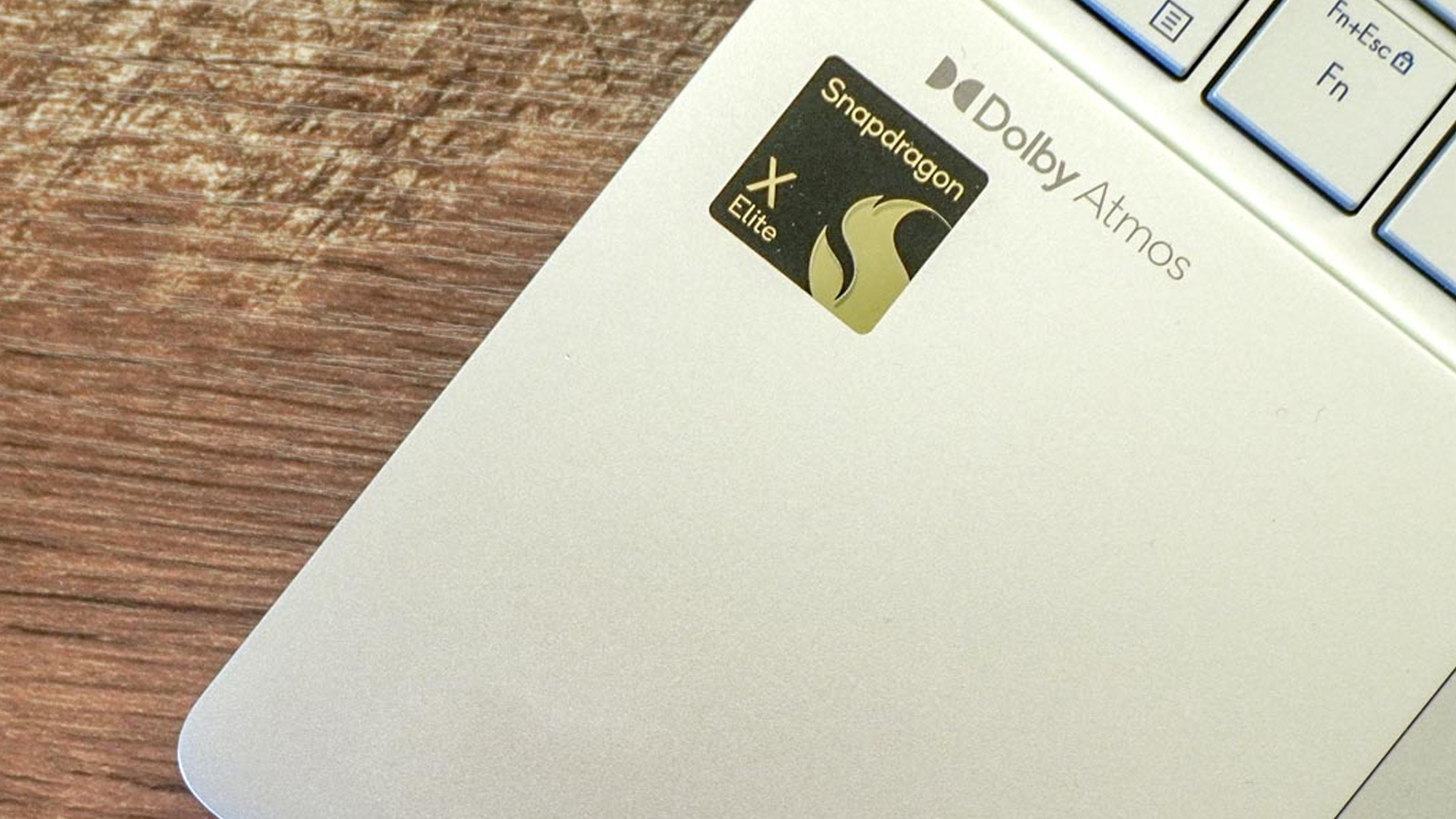
Of all the new Windows laptop CPUs you can buy, Snapdragon X chips have been my favorite. The gap is closing, thanks to the Intel Core Ultra 200 series and the bonkers AMD Ryzen AI Max lineup (bringing more powerful graphics performance than dedicated laptop graphics cards).
But for that perfect balance of performance and power efficiency, Qualcomm has them both beat and even challenges Apple in longevity.
To keep up with the rate of innovation, we were all already expecting the likes of a Snapdragon X2 Elite this year. But a leaked shipping manifest has revealed their existence — including, interestingly, an Ultra Premium version.
Correlating this with the rumor mill pointing to a launch in the second half of this year, the stars begin to align. If I were a betting man, I’d say Computex 2025 is looking like a mightily tempting place to launch a chip like this.
But that’s not to say Qualcomm’s Arm chip didn’t come with some problems. Issues that other companies have capitalized on, from the x86 CPUs from Intel and AMD not having any of those pesky app compatibility issues, to Apple turbocharging its integrated graphics.
So with that in mind, what does Snapdragon X2 have to do to not only keep up but get ahead of the laptop pack? I’ve got five ideas.
1. Smoother compatibility

Yes, I know this is done through software, so it’s more of a Windows problem and not a Qualcomm one. But this is easily the biggest sticking point with Snapdragon X laptops.
Sign up to get the BEST of Tom's Guide direct to your inbox.
Get instant access to breaking news, the hottest reviews, great deals and helpful tips.
With apps built for the more traditional x86 CPUs from Intel and AMD, you’re getting one of three experiences:
- The app works, but performance and efficiency are impacted
- The app is a little glitched here and there
- The app doesn’t work at all
Updates are needed to the Prism translation layer in Windows to improve that efficiency and make this a non-factor in the buying decision of a Windows laptop.
2. Unlock gaming
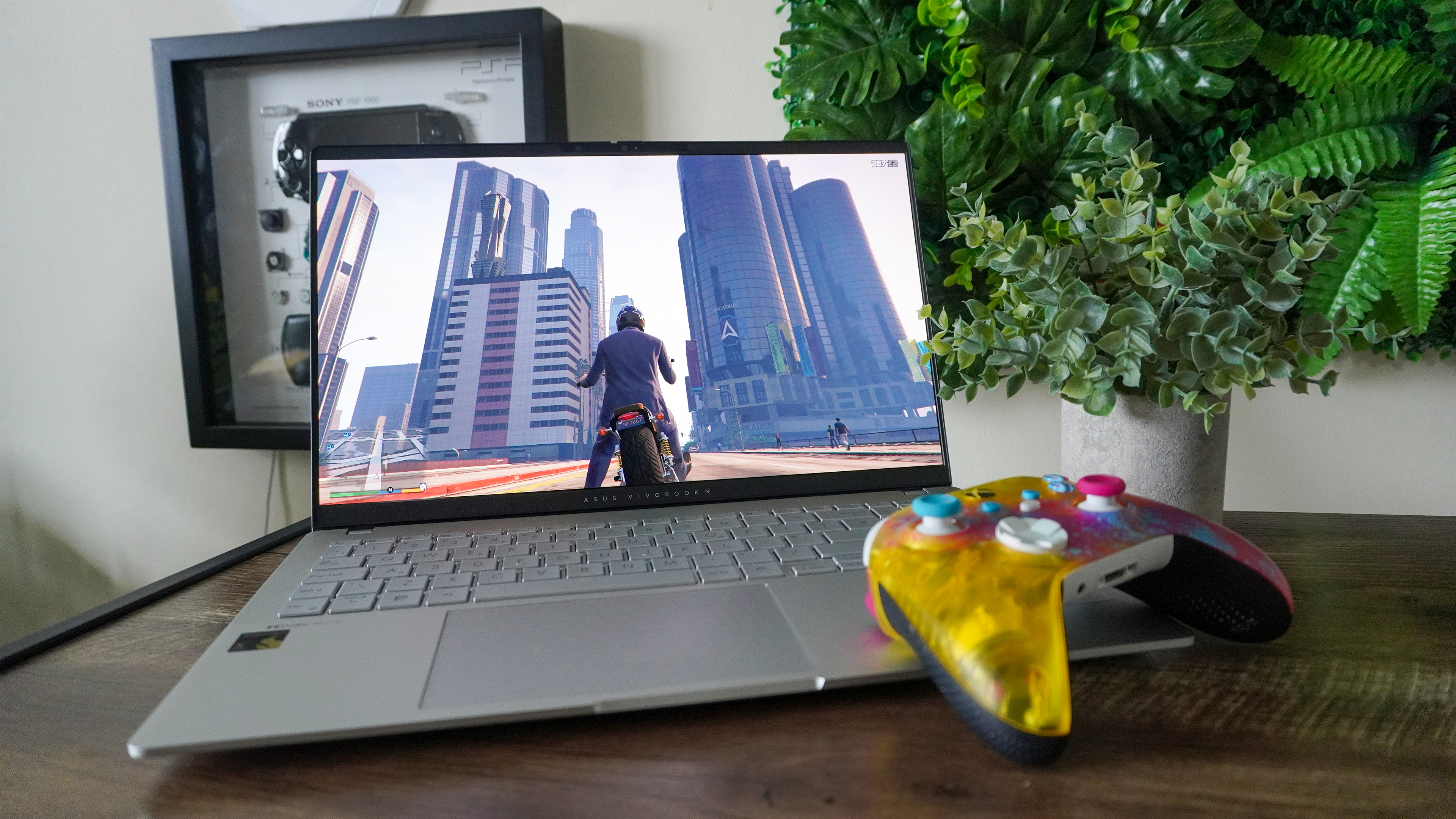
Gaming on a Snapdragon laptop is nowhere near as good as the likes of Intel and AMD… That being said, it’s really not as bad as you think.
This deficit comes down to two factors: that compatibility issue I just mentioned, and the underpowered integrated graphics in comparison to the x86 crew. It’s become increasingly clear that more needs to be done in the integrated GPU to match up to what’s going on elsewhere.
I mean, the AMD Ryzen AI Max in the ROG Flow Z13 has been seen to be almost as powerful as a damn RTX 4070 dedicated GPU! There’s some catching up to do here.
3. Laptop companies, design for the chip, not with the chip!
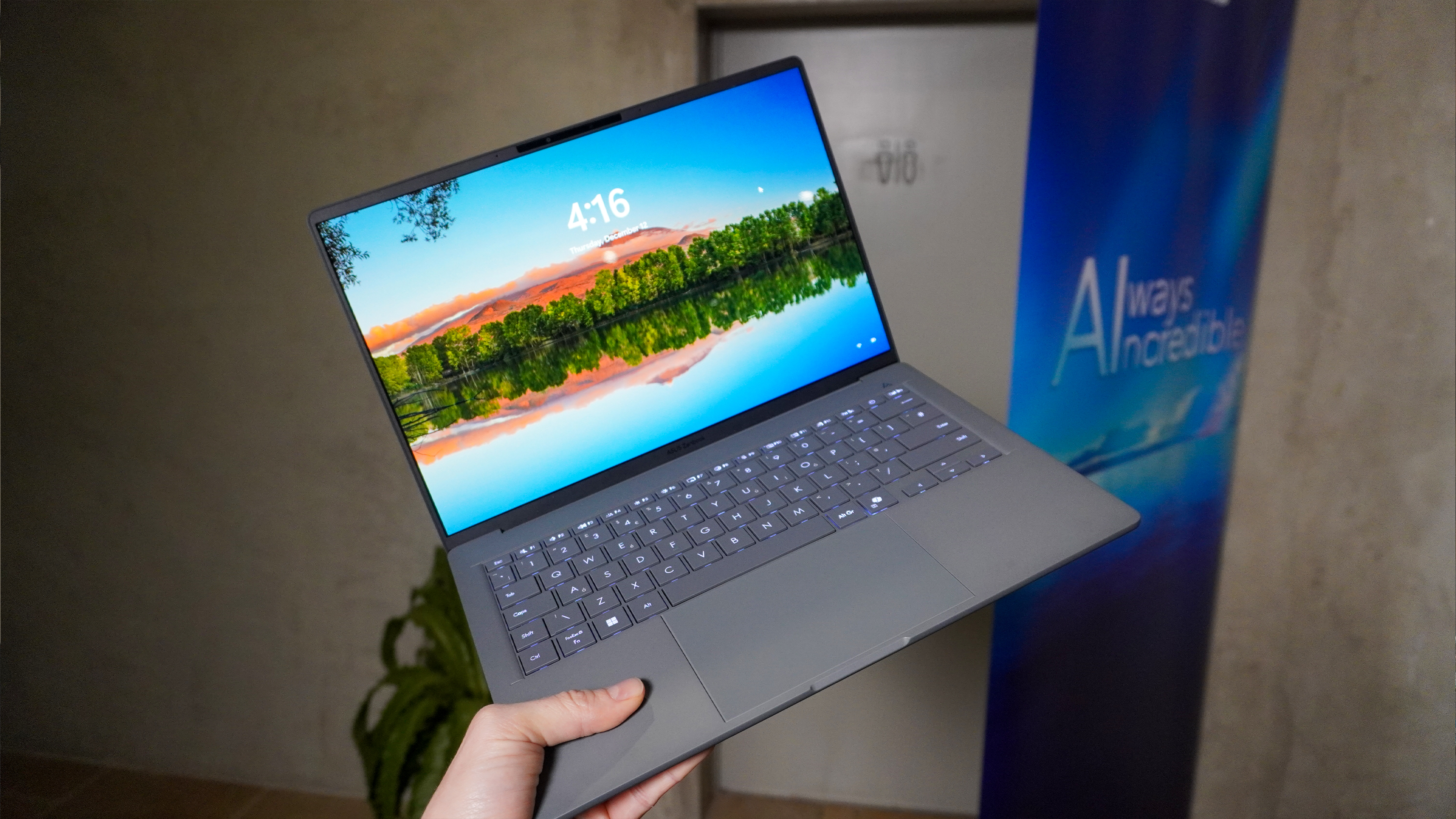
For the first year, Snapdragon X laptops were all about one thing — taking traditional laptop shells and popping the new Arm chip inside. One question I’ve been asking Qualcomm for a while now is what the reshuffled emphasis on performance and power efficiency in a small chip like this can do for the design of a laptop.
The answers have been vague, but we’re now seeing more concrete responses with the Asus Zenbook A14 and Honor MagicBook Art 14. Snapdragon laptops can get away with being a whole lot smaller and a whole lot lighter.
This looks to be a real strength of going for these notebooks, as you’re seeing x86 systems compromising certain performance metrics in place of portability and weight. Steer into this, laptop vendors.
4. Time for dedicated GPU support

Qualcomm confirmed that Snapdragon X Elite laptops can support dedicated GPUs…so where are they? I know that Arm gaming is on its way, but it's not quite there yet. However, can you imagine an RTX 50-series Snapdragon laptop?
I know it’s a matter of waiting for that curve to steer more towards Arm, but if (and most likely when) that happens, the bandwidth of that Snapdragon chip paired with a GPU would be crazy for not just performance, but potentially power efficiency too.
5. Make AI have a real impact
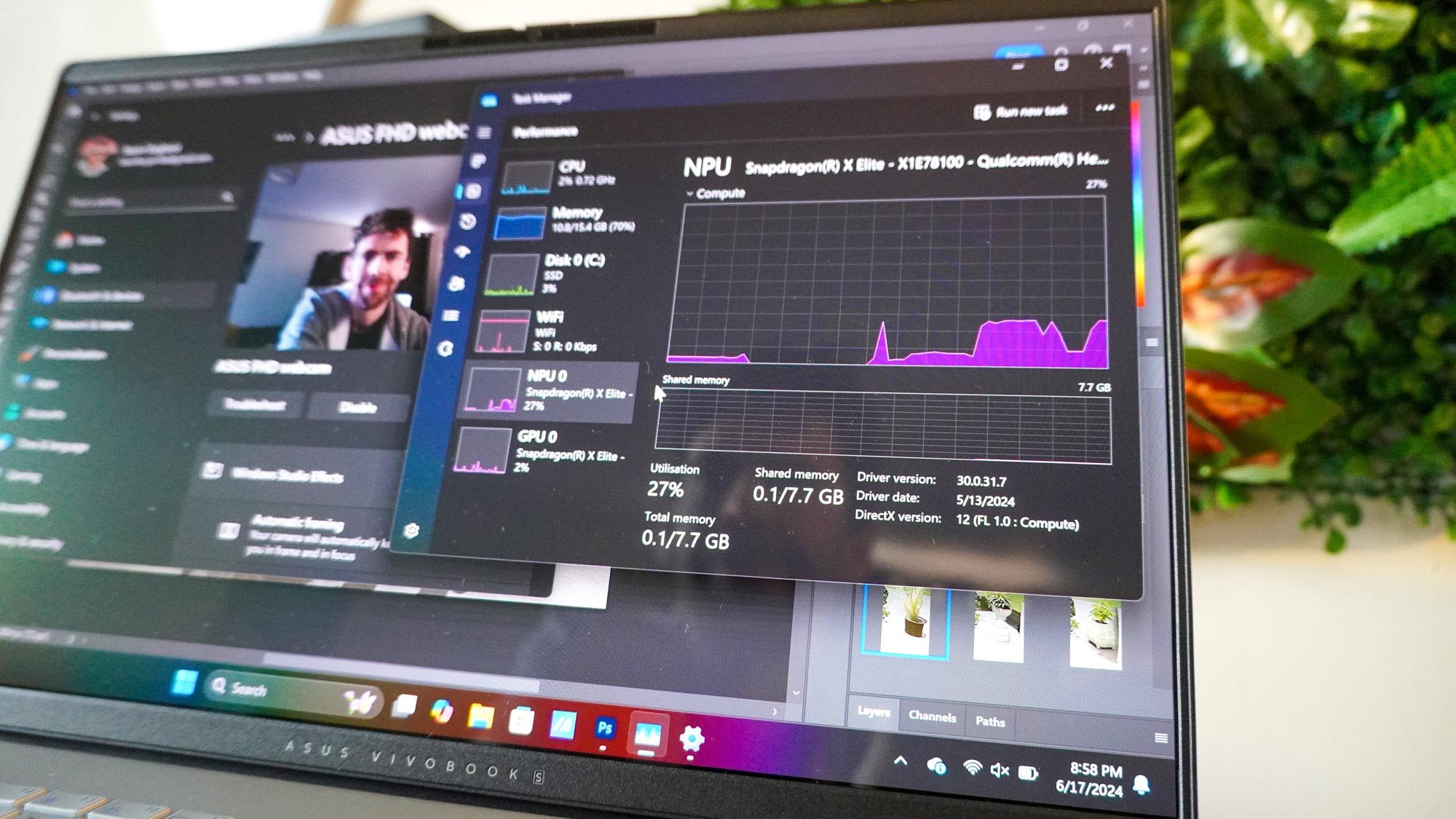
We’re already seeing this happen, as Microsoft is adding a smaller local version of DeepSeek R1 to your Snapdragon machine. Things are moving in the right direction.
What I mean by this is that, so far, the Copilot+ PC features have been fun but gimmicky. I used Paint Cocreator all of three times and never opened Paint again. Recall is…well let’s not talk about that until Microsoft figures out the whole privacy thing around it.
It’s time for that AI PC vision to become a reality. We need local models small enough to run on the NPU, a slicker integration of AI directly into the OS, and less of the “look, that’s cool” things that people end up not caring about.
More from Tom's Guide
- Microsoft introduces new Intel-powered Surface Laptop 7 and Surface Pro 11 Copilot+ PCs
- Forget a mouse — Chromebooks can now be controlled with your face
- Nvidia RTX 5050 laptop GPU just showed up in LG Gram 2025 — but there's bad news

Jason brings a decade of tech and gaming journalism experience to his role as a Managing Editor of Computing at Tom's Guide. He has previously written for Laptop Mag, Tom's Hardware, Kotaku, Stuff and BBC Science Focus. In his spare time, you'll find Jason looking for good dogs to pet or thinking about eating pizza if he isn't already.



